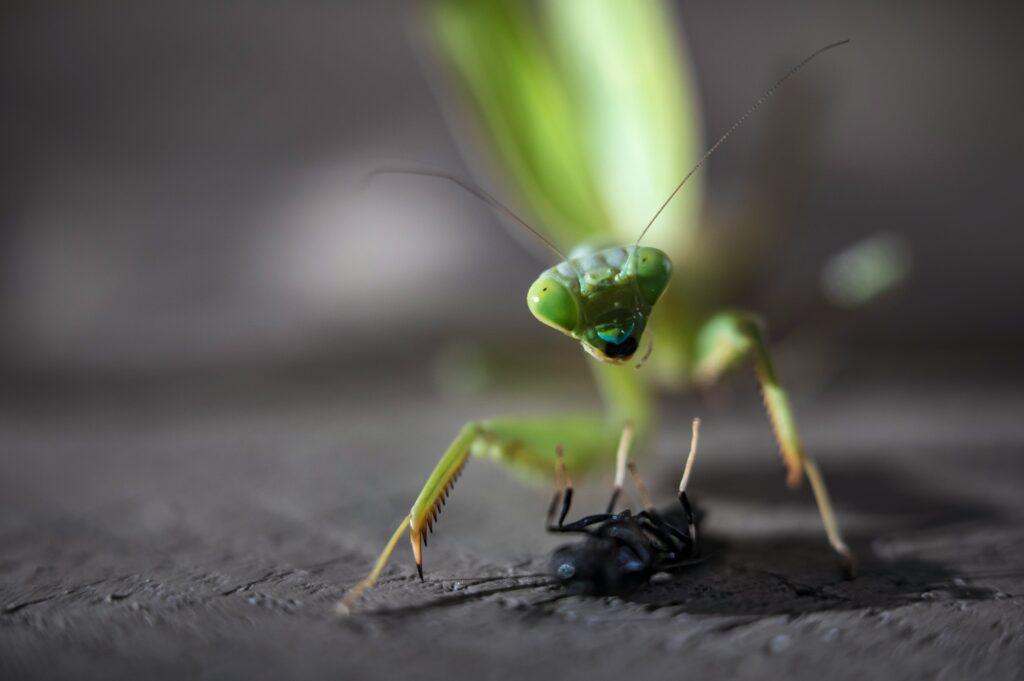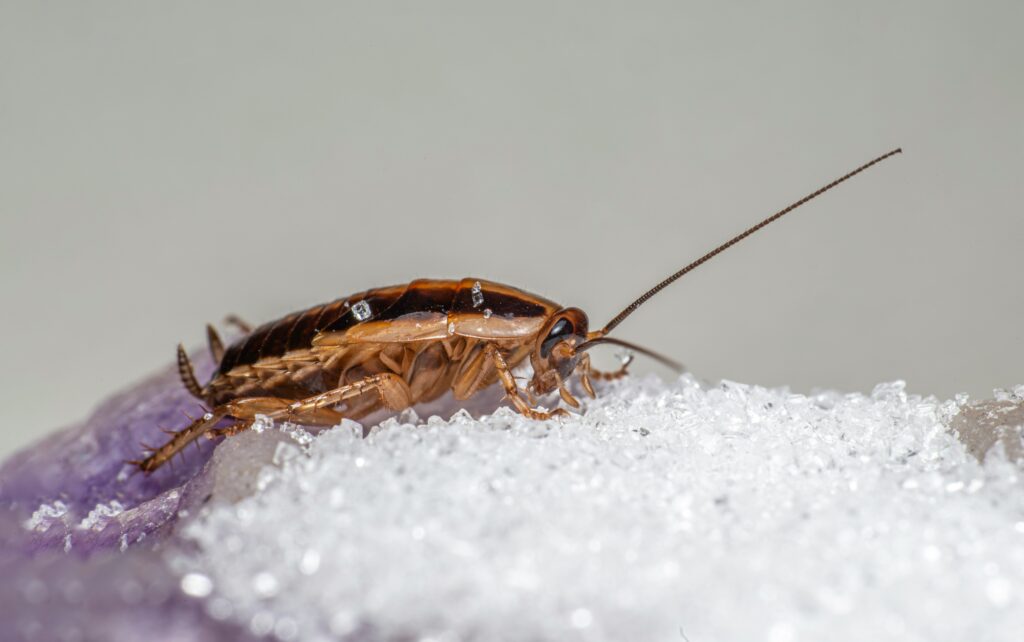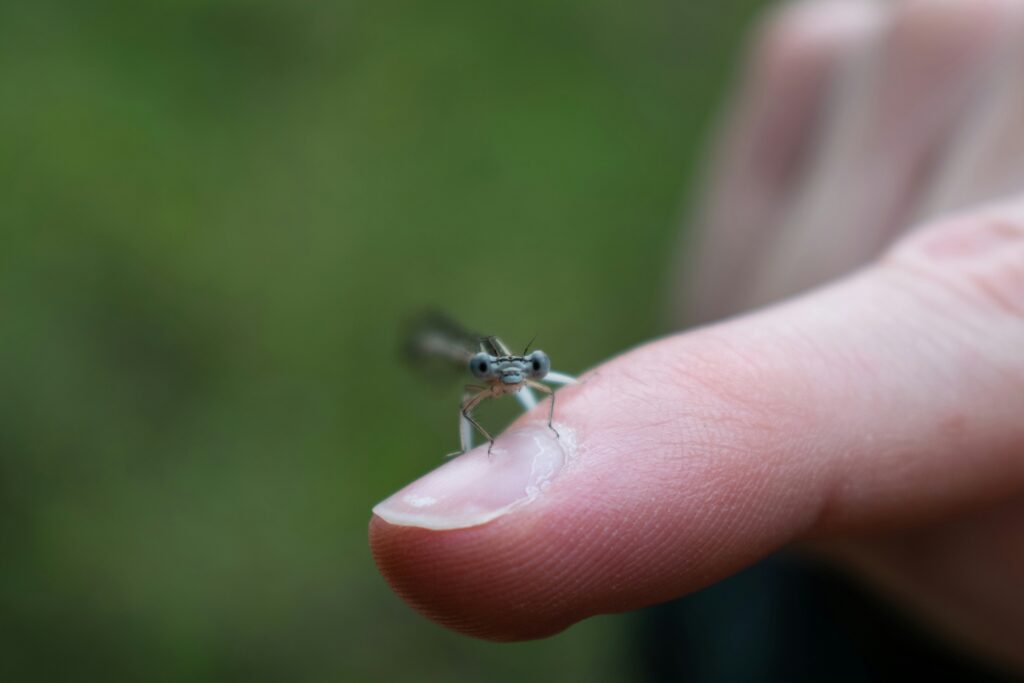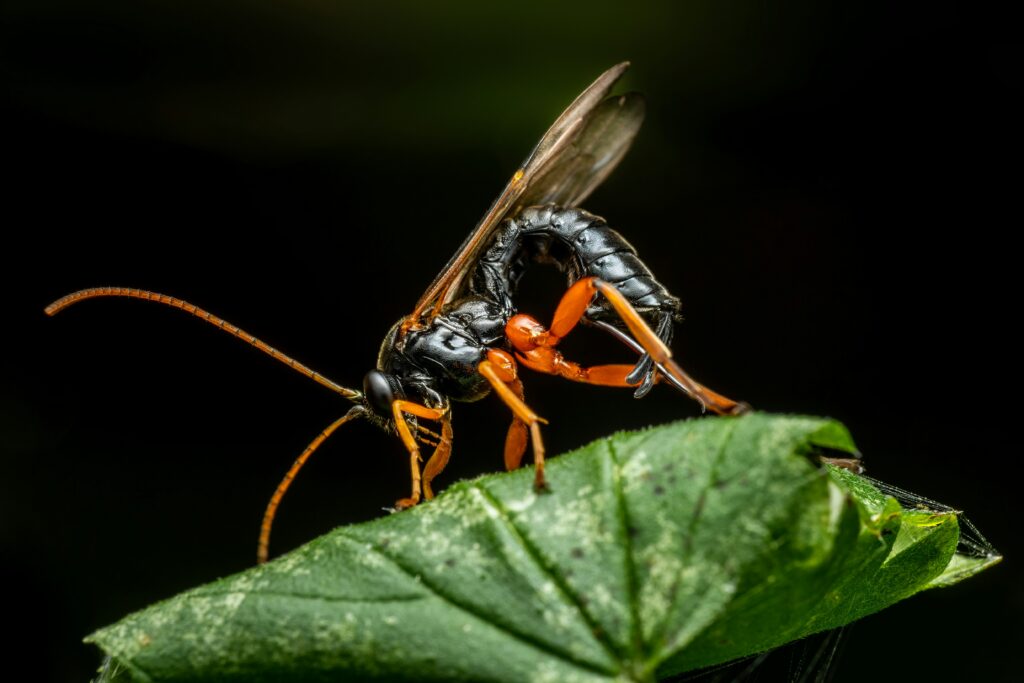When Pixar released “A Bug’s Life” in 1998, audiences were enchanted by the miniature world of Flik and his ant colony’s struggle against grasshopper oppressors. The film brought insects to life with personality and charm, making heroes out of creatures many humans instinctively avoid. But how accurate was Pixar’s portrayal of insect society, biology, and behavior? This article explores the fascinating comparison between the animated interpretation and the scientific reality of insect life, examining where creative liberties were taken and where surprising truths were faithfully represented. The microscopic world beneath our feet is every bit as fascinating as Pixar suggested—though often in ways the film never imagined.
The Ant Colony: Hierarchy and Organization

In “A Bug’s Life,” the ant colony features workers (mostly portrayed as female) led by Princess Atta and the Queen, with our hero Flik as something of an inventor and outsider. This basic structure does reflect some truths about real ant colonies, which are indeed predominantly female societies. In reality, ant colonies are even more female-dominated than depicted, with females making up over 99% of the colony as workers, soldiers, and queens. Male ants (called drones) exist primarily for reproduction and typically die shortly after mating flights. The film’s portrayal of ants walking on two legs and having distinct facial features is clearly anthropomorphized, as real ants have six legs and communicate primarily through chemical signals rather than facial expressions. Perhaps most significantly, real ant colonies don’t have the individualistic “free thinker” like Flik—actual ant behavior is governed by collective intelligence rather than individual innovation.
Insect Proportions and Physical Characteristics

One of the most obvious artistic liberties in “A Bug’s Life” is the relative size and proportions of different insect species. In the film, characters like Flik the ant, Hopper the grasshopper, and Heimlich the caterpillar interact as if they’re roughly similar in size, with grasshoppers being somewhat larger than ants. In reality, the size disparity between these insects is far greater—a typical harvester ant is about 6mm long, while a grasshopper can reach 5cm or more, making the grasshopper nearly ten times larger. The film also gives insects four limbs and two arms (for a total of six appendages), which correctly represents the six legs of real insects. However, Pixar simplified insect anatomy by eliminating or downplaying many features like additional body segments, compound eyes (instead giving them expressive, human-like eyes), and complex mouthparts. This simplification was necessary for animation and character expression but significantly altered the true appearance of these fascinating creatures.
The Grasshopper Gang: Predators or Bullies?

Hopper and his grasshopper gang serve as the film’s primary antagonists, portrayed as bullies who demand food tribute from the ants. This predator-prey relationship is a creative invention that doesn’t reflect actual grasshopper behavior. Real grasshoppers are herbivores that feed primarily on plants, not ant food stores, and they certainly don’t organize into gangs to terrorize ant colonies. Ants and grasshoppers rarely interact meaningfully in nature, occupying different ecological niches. If anything, some ant species are more likely to be the aggressors, with certain species known to prey on small insects and even dismantle larger dead insects. The film’s portrayal of organized insect “crime” is purely anthropomorphic, creating a conflict that works narratively but bears little resemblance to actual insect interactions. Interestingly, if any insect were to play the role of colony raiders, it would more likely be certain species of ants themselves, as some engage in warfare with other ant colonies.
The Circus Bugs: A Colorful Assortment of Species

The circus troupe in “A Bug’s Life” introduces a diverse cast of insect characters, including a male ladybug (Francis), a black widow spider (Rosie), a walking stick (Slim), a rhinoceros beetle (Dim), a praying mantis (Manny), a gypsy moth (Gypsy), and a caterpillar (Heimlich). This collection represents a wide variety of arthropods with varying degrees of accuracy. The film correctly acknowledges that ladybugs can be male or female, though Francis’s embarrassment about being a male ladybug is purely for comedic effect. The portrayal of the praying mantis as a mystic performer plays on the insect’s distinctive posture, which in nature is actually used for hunting. Perhaps the most accurate character transformation is Heimlich’s metamorphosis into a butterfly, though the film significantly compresses the timeframe—in nature, a caterpillar’s transformation in a chrysalis takes weeks, not moments. The circus bugs’ ability to communicate across species boundaries is another creative liberty, as different insect species in nature would have no way to understand each other’s communication systems.
Insect Diet and Feeding Habits

Food collection and storage is central to the plot of “A Bug’s Life,” with the ants gathering food for winter and being forced to share with the grasshoppers. Real harvester ants do indeed collect seeds and store them in their colonies, making the film’s basic premise somewhat accurate. However, the film simplifies the complex dietary needs of different insect species. For instance, Heimlich the caterpillar is shown eating leaves, which is accurate, but the film depicts all the insects eating essentially the same food. In reality, insect diets are incredibly diverse and specialized—ladybugs primarily eat aphids, praying mantises consume other insects, and black widow spiders capture prey in webs. The film’s “bug bar” scene, while entertaining, doesn’t reflect the specialized feeding apparatus and diets of different insect species. Additionally, the notion that ants would prepare elaborate food offerings rather than simply collecting and storing raw materials is another anthropomorphized element that diverges from actual ant behavior.
Ant Communication and Social Structure

Communication in “A Bug’s Life” happens through speech, facial expressions, and gestures—clearly anthropomorphized for storytelling purposes. Real ant communication is far more alien and complex, relying primarily on chemical signals called pheromones. Ants leave pheromone trails to guide others to food sources, mark territory, signal danger, and communicate many other messages essential to colony function. The film does show ants working in organized lines and passing food along efficiently, which reflects the impressive coordination of real ant colonies. However, the decision-making process in the film, with Princess Atta and the council debating options, bears little resemblance to how real ant colonies function. Actual ant colonies operate through distributed intelligence—no single ant, not even the queen, directs the others. Instead, simple individual behaviors and responses to pheromone signals create complex collective behaviors that make ant colonies one of nature’s most successful evolutionary achievements.
Insect Life Cycles and Reproduction

While “A Bug’s Life” hints at insect reproduction with references to the Queen and Princess Atta eventually taking over the colony, it largely sidesteps the fascinating reality of insect life cycles. In real ant colonies, queens are specialized for reproduction, laying thousands of eggs throughout their lifetime, which can span 15-30 years in some species. Worker ants are sterile females who may live only a few months to a year. The film’s portrayal of a single heir (Princess Atta) who will eventually replace the queen oversimplifies the complex succession patterns in real colonies, where new queens are produced in large numbers and establish new colonies after mating flights. The movie also briefly touches on metamorphosis when Heimlich becomes a butterfly, but compresses this process dramatically. Complete metamorphosis—the transformation from larva to pupa to adult—is one of the most remarkable processes in nature, involving the near-complete breakdown and rebuilding of the insect’s body within the chrysalis or cocoon. This complex biological process is understandably simplified for the film’s pacing but represents a missed opportunity to showcase one of the insect world’s most incredible phenomena.
Bird Predation: Realistic Threat

One of the most scientifically accurate elements in “A Bug’s Life” is the portrayal of birds as terrifying predators to the insect characters. The scene featuring a hungry bird pursuing the protagonists captures a genuine ecological relationship—birds are indeed significant predators of insects in natural ecosystems. Many bird species rely heavily on insects for their diet, with some consuming thousands of insects daily. The film effectively conveys the scale difference between insects and birds, giving viewers a sense of how truly massive and threatening a common bird would appear from an insect’s perspective. The fear response of the insects to bird shadows or sounds also reflects real insect behavior, as many species have evolved to freeze or drop from plants when they detect bird movements or shadows. This aspect of the film successfully communicates an important ecological relationship while creating genuine tension in the story, making it one of the more scientifically grounded elements of the narrative.
Insect Technology and Problem-Solving

Flik’s inventions, including his grain harvester and the fake bird construction, represent one of the more fanciful aspects of “A Bug’s Life.” Real insects don’t create tools or technology in the human sense, though they do construct impressive structures like hives, nests, and webs using their evolved behaviors. The film’s depiction of deliberate engineering and collaborative construction projects among the insects anthropomorphizes their capabilities significantly. While insects like ants can solve complex problems collectively—finding the shortest path to food sources or effectively distributing labor—they don’t engage in the kind of innovative thinking displayed by Flik. The construction of the bird decoy, while a creative plot device, would be impossible for real insects not only due to cognitive limitations but also physical ones; insects lack the dexterity and strength to manipulate materials in the ways shown in the film. That said, the collective problem-solving abilities of real insect colonies are still remarkable, producing complex behaviors from simple individual actions through what scientists call swarm intelligence.
Seasonal Challenges for Insects

The film’s plot centers around gathering food before the rainy season, presenting this as a major annual challenge for the ant colony. This seasonal pressure does reflect a reality for many insect species, which must prepare for unfavorable conditions. Many real ant species do indeed collect and store food resources to survive periods when foraging is difficult or impossible. However, the specific dynamics vary greatly depending on the species and climate. In temperate regions, ants often become dormant during winter months rather than actively consuming stored food. The film’s rainy season, more typical of tropical environments, would indeed present challenges for ground-dwelling insects like ants, potentially flooding their colonies. Different insect species have evolved various strategies for surviving seasonal challenges—some hibernate, others migrate, and some survive as eggs or pupae while the adults die off. The film simplifies these diverse strategies into a more straightforward narrative of food collection and storage, but does capture the fundamental truth that insects must adapt to and prepare for seasonal changes to survive.
The Scale of the Insect World

One of the most successful aspects of “A Bug’s Life” is how it portrays the scale of the world from an insect’s perspective, where leaves become massive platforms and water droplets become dangerous orbs. This shift in perspective accurately conveys how different the world appears at the insect scale, where surface tension, air resistance, and gravity operate differently than they do for larger organisms. Real insects can walk on water due to surface tension, survive falls from great heights due to their low mass relative to air resistance, and carry many times their body weight due to the square-cube law of scaling. The film effectively uses these scale differences for both dramatic and comedic effect—the circus cannon appears massive, raindrops become threatening projectiles, and bird beaks are enormous weapons of destruction. What the film doesn’t fully capture is how differently physics operates at this scale—real insects don’t experience terminal velocity in the same way larger animals do, and they navigate a world where air feels more like a viscous fluid. Nevertheless, the film’s portrayal of the insect-scale world gives viewers a glimpse into the dramatically different reality experienced by these tiny creatures.
Ecological Relationships and Biodiversity

While “A Bug’s Life” takes significant creative liberties with insect behavior and society, it does succeed in showcasing the incredible diversity of the insect world. The film features representatives from different insect orders—Hymenoptera (ants), Orthoptera (grasshoppers), Coleoptera (beetles), Lepidoptera (moths and butterflies), and even arachnids like the black widow spider. This diversity hints at the astounding biodiversity of arthropods, which make up over 80% of all animal species on Earth. The film’s creative portrayal of different insect personalities based loosely on their biological characteristics gives viewers a memorable, if anthropomorphized, introduction to entomology. What the film doesn’t fully address is the ecological importance of these creatures—real insects are crucial pollinators, decomposers, soil aerators, and food sources for countless other animals. The complex ecological web of relationships between different insect species and their environment is simplified for storytelling purposes. Nevertheless, by making insects the protagonists of a major film, Pixar helped foster appreciation for creatures that are often overlooked or feared, potentially inspiring viewers to learn more about the fascinating reality of insect life.
In comparing “A Bug’s Life” with the reality of insect existence, we find a blend of artistic interpretation and biological truth. While Pixar took significant creative liberties to create compelling characters and narrative tension, the film also captured fundamental aspects of insect society, predator-prey relationships, and the challenges of life at a miniature scale. The anthropomorphization of insects—giving them human emotions, speech, and problem-solving abilities—created characters audiences could connect with emotionally, even if these traits bear little resemblance to actual insect cognition. Perhaps the film’s greatest achievement was inspiring wonder about the world beneath our feet, encouraging viewers to look more closely at the fascinating insects that surround us every day. Though “A Bug’s Life” may not be an entomological documentary, it succeeded in its more important mission: showing us that even the smallest creatures have stories worth telling.

